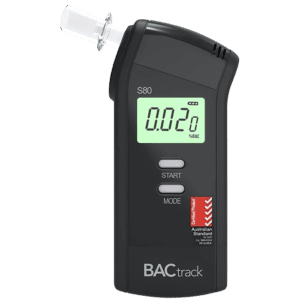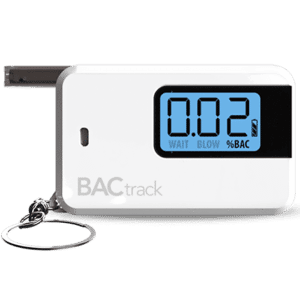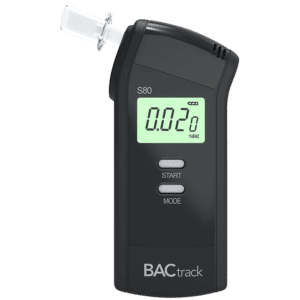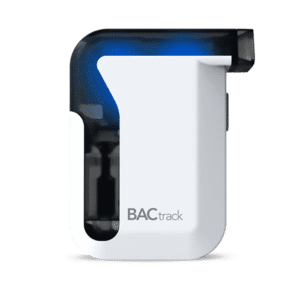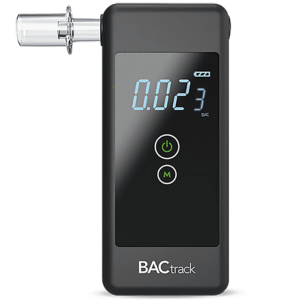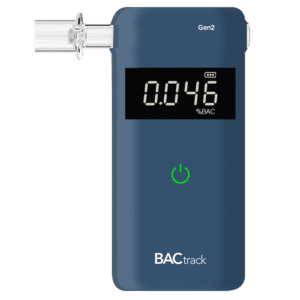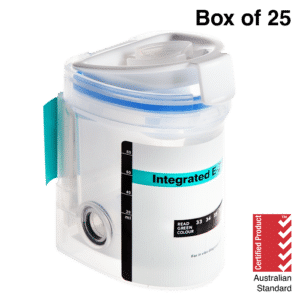Alcohol Hair Follicle Test: Procedures and Understanding the Results
15 January, 2024

An alcohol hair follicle test is a type of testing that can detect the presence of ethanol over an extended period. Accordingly, it is a method commonly used in situations where a long-term pattern of alcohol consumption is required. The procedure for hair follicle testing involves collecting samples of hair. Subsequently, the sample collection is sent to a drug testing laboratory. In the facility, the head hair undergoes a thorough testing process to detect alcohol markers.
Alcoholic beverages or alcoholic drinks are a frequent part of social activities. However, it is also crucial to consider the potential negative impacts. This is especially true for people with excessive alcohol consumption, alcohol abuse, or alcohol addiction. Fortunately, there are alcohol testing methods. While urine testing, saliva testing, blood testing, and breathalysers are common, hair testing can provide a longer detection window. This article will present hair alcohol testing, its procedure, and an understanding of the results.
What Is an Alcohol Hair Follicle Test?
The alcohol hair follicle test or alcohol hair test is a method of testing for individuals to monitor the presence or metabolite of ethanol like Ethyl Glucuronide (EtG levels). During this test, a small hair sample is collected from a person. Accordingly, professionals analyse it for traces of alcohol metabolites. Hence, it can provide insight into the drinking patterns or alcohol usage of an individual.
Furthermore, this hair follicle alcohol testing is common in various settings. In the workplace, the method may be part of the alcohol testing program. This is to ensure workplace safety, productivity, and health. It is especially essential in industries where alcohol misuse can pose safety risks. This may include transportation, construction, and heavy machinery operations.
In legal proceedings, hair analysis can provide evidence of the alcohol intake of a person over an extended period. This helps to determine if an individual complies with court-ordered alcohol abstinence. Also, the assessment is beneficial in medical settings. This is to assess individuals with Alcohol Use Disorders (AUD) or to monitor patients undergoing alcohol rehabilitation programs.
Advantages Compared to Other Forms of Testing
The following presents the advantages of alcohol hair tests from urine tests, saliva screening, blood tests, and breath tests:
- Window of detection: the testing can detect alcohol ingestion over a long period, often up to 90 days.
- Non-invasive: it simply involves collecting a sample of hair strands. This can be done quickly and painlessly.
- Accurate: it provides a comprehensive picture of the consumption of alcohol by an individual.
- Tamper-resistance: it reduces the possibility of tampering or adulteration of the sample.
- Comprehensive results: it provides a longitudinal view, which is valuable in various contexts to assess the historical record of alcohol use.
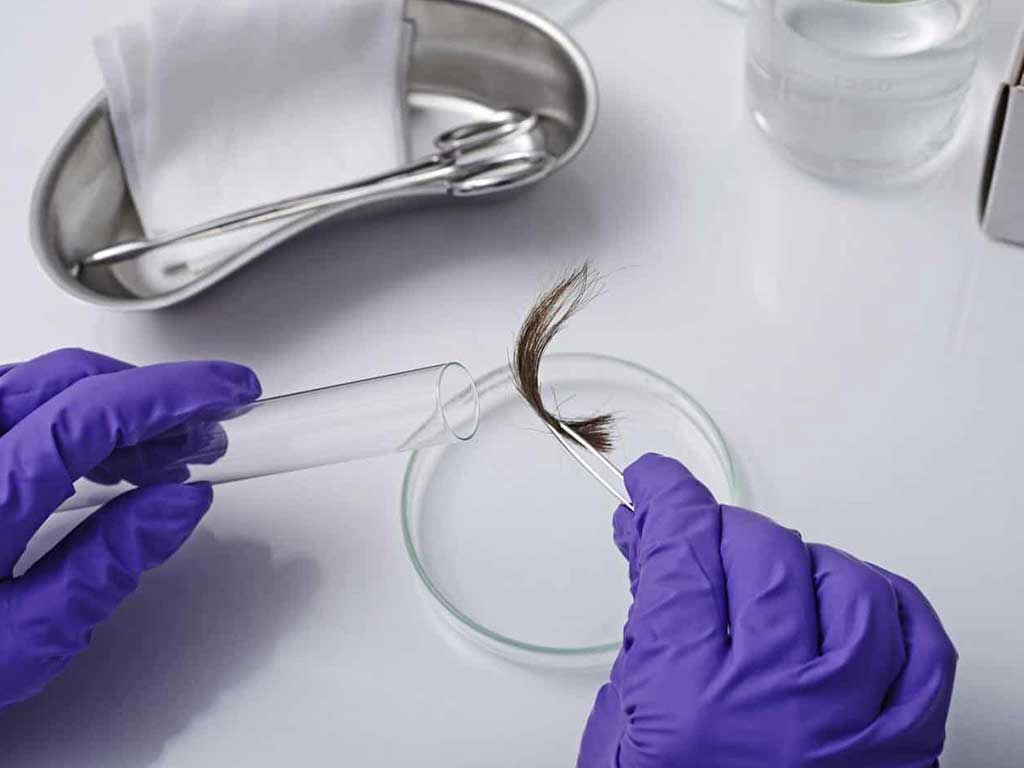
The Procedure for Alcohol Hair Follicle Test
An alcohol hair follicle test involves a specific procedure for collecting and analysing a hair sample. To begin, a professional will collect a sample of hair. The hair is typically cut as close to the scalp as possible, usually from the back of the head. This is to capture the most recent hair growth. Once there is a hair specimen, the conductor will seal and label it to maintain the chain of custody.
After that, the professional will send the sample to a laboratory for analysis. At the facility, the hair specimen undergoes a thorough analysis to detect the presence of EtG. It is a metabolite produced when the body processes alcohol. Nevertheless, analysing specimens may involve alcohol testing techniques. This may include Liquid Chromatography-Tandem Mass Spectrometry (LC-MS).
Once the laboratory analysis is complete, the conductor will report the results to the requesting individual. This typically indicates the presence or absence of alcohol metabolites in the hair sample. Also, it may include quantitative measurements of the concentration levels. Overall, the hair alcohol tests involve a meticulous collection of the hair samples and extensive laboratory analysis.
Accuracy and Reliability
When it comes to accuracy and reliability, hair tests can provide a comprehensive picture of the alcohol consumption of a person over an extended time. This is because the alcohol metabolites are incorporated into the hair shaft as it grows. Accordingly, the test measures the levels of EtG. This is the direct byproduct of alcohol metabolism in the body.
The metabolite incorporation into the hair shaft makes the testing highly reliable. This is because external factors do not easily influence it. Also, the laboratory analysis of the hair sample often employs techniques like LC-MS. This ensures precise and accurate measures of alcohol levels.

Understanding the Results of an Alcohol Hair Follicle Test
Understanding the results of an alcohol hair follicle test is essential for interpreting the findings. The results typically indicate the presence or absence of alcohol metabolites in the hair sample. Additionally, the report may include the quantitative measurements of the metabolite levels. If the test results show the presence of alcohol metabolites, it indicates that a person has alcohol consumption within the detection window.
Conversely, if the test results show the absence of alcohol metabolites, it suggests that an individual does not have alcohol ingestion within a specific detection window. However, it is vital to note that a negative test result does not necessarily rule out past alcohol consumption. This is especially true if the individual has recently abstained from drinking or has very short hair growth during the detection period.
The interpretation of the test results also takes into consideration specific circumstances. For instance, positive test results in the workplace may prompt further evaluation or disciplinary actions. In a healthcare setting, the test results can inform medical professionals about the alcohol consumption history of a person. This is valuable for assessing treatment plans.
Factors That Can Influence the Results
If the hair sample comes into contact with external sources of alcohol (secondhand smoke or environmental exposure), it can lead to false-positive results. Accordingly, certain hair treatment products, such as dyes and bleaches, can potentially interfere with the analysis. These products might affect the accuracy of the test results.
Additionally, cosmetic treatments like hair straightening, perming, or keratin treatments may impact the integrity of the hair sample. Also, the use of certain prescription medications or illicit drugs can influence the composition of the hair. This can potentially affect the interpretation of the results of hair follicle alcohol tests.
Conclusion
An alcohol hair follicle test is a reliable method for detecting alcohol consumption. Accordingly, it uses a hair sample to monitor the presence of EtG. The testing is commonly used in various settings, such as the workplace, legal proceedings, and medical settings. Subsequently, the procedure begins with the collection of hair samples. Then, a professional will seal it and forward it to a testing laboratory. In the facility, the hair specimen undergoes testing techniques to detect alcohol metabolites.
The testing method differs from other forms of testing as it is non-invasive, has the widest detection window, and provides comprehensive results. Furthermore, it is accurate and reliable because the alcohol metabolites remain in the hair shaft as it grows. Nevertheless, it is crucial to understand the results of the testing. This particularly reports the presence or absence of alcohol metabolites. Also, it is essential to note the factors that can influence the testing results.




















